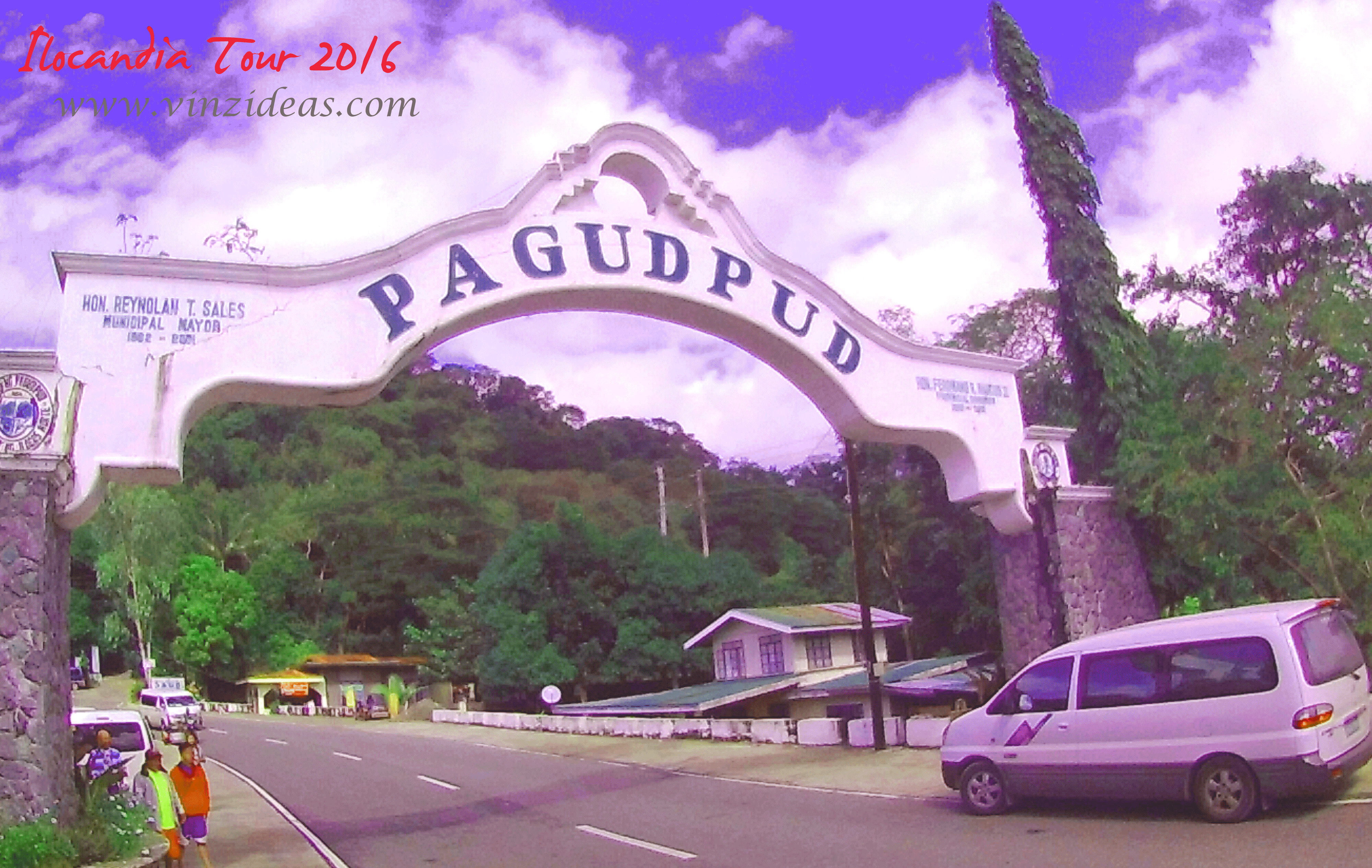When I'm jotting down all my goals for 2016, I'm really excited because one of my major goals is to travel a lot and blog. I want to visit all the famous travel destinations here and outside of the Philippines. But of course, traveling a lot means spending money in return of a priceless experience. Before the end of 2015, I planned ahead and saved money for my travels this 2016. Today, let me share with you my memorable experience and my very first travel tour for 2016.
Two weeks before the travel date, I found Astrokidd Travel Agency's advertisement on Facebook about their travel promo to Ilocos. I phoned their agency right away, inquired and made a reservation.
Ilocos Norte: A Great Place to Unwind
Day 1:
After a very long and tiring nine hours of traveling from Manila to Ilocos, we've finally arrived at our first destination which is Vigan City.
Established in the 16th century, Vigan is the best-preserved example of a planned Spanish colonial town in Asia. Its architecture reflects the coming together of cultural elements from elsewhere in the Philippines, from China and from Europe, resulting in a culture and townscape that have no parallel anywhere in East and South-East Asia.
Plaza Burgos is the smaller of the two major plazas in the city of Vigan. It can be found just right beside Saint Paul Cathedral's Bell Tower. While Plaza Salcedo was constructed to honor a foreign conqueror, Juan de Salcedo, Plaza Burgos was built to remember the martyrdom of Father Jose P. Burgos, one of Vigan's illustrious sons put to death by the Spaniards.
The perpetuation of the memory of a tragic event is an interesting impetus for establishing a museum. However, it is from where the intent for converting the imposing, century-old family mansion of the Crisologos into a museum started. Floro S. Crisologo was the patriarch of the clan and a congressman known for being responsible for landmark legislations that not only benefited his constituents but the whole country as well. He authored the laws behind the creation of the North's first state university, the University of Northern Philippines, and the establishment of the Social Security System, which serves the whole working populace to this day.
Jars made from Vigan are much sought-after by foreign and local visitors. This earthenware is called burnay. The industry that has grown from the making of burnay dates back to pre-colonial times when immigrants from China came to settle in Vigan. They practiced the craft of making earthenware using the grade A clay that was found in plenty in the Western area of Vigan. The making of burnay is done with just the use of the potter's skillful hands and use of pottery wheel and kiln. Fine sand is used to temper the clay, which once fashioned into the desired shape is placed inside high-temperature ground kilns made from brick and clay. Compared to terracotta, people say that the burnay is hardier.
The Baluarte or fortress is a must-see attraction for first time visitors, and even for those who have visited Vigan before. The reasons for its being on the list of places to visit are two. First is that it has a mini zoo with animals from other countries and others endemic to the Philippines. It is a private collection and is therefore continuously being improved. The second reason is that it is owned by Mr. Chavit Singson, a well-loved son of Vigan and well-known to most Filipinos and foreigners who follow the Philippine political scene. The resort complex lies in hectares of land that stretches from the rolling plain towards the hills, where the former governor's multi-storey house sits with a grand view of Vigan and the South China Sea.
No one would anticipate that a beautiful garden is located at the heart of Vigan City, where tourists keep on discovering and kept amazed.
The Saint Augustine Church (Spanish: Iglesia de San Agustín de Paoay), commonly known as the Paoay Church, is the Roman Catholic church of the municipality of Paoay, Ilocos Norte in the Philippines. Completed in 1710, the church is famous for its distinct architecture highlighted by the enormous buttresses on the sides and back of the building. It is declared as a National Cultural Treasure by the Philippine government in 1973 and a UNESCO World Heritage Site under the collective group of Baroque Churches of the Philippines in 1993.
Day 2:
For a non-morning person like me, 6am call time was really an effort, but I tried for the sake of this vacation. We need to be early because it's a 2 hours driving from our accommodation hotel in Laoag going to Pagudpud.

Before going to Blue Lagoon, we stopped over in this famous Patapat viaduct to take photos.
The Patapat Viaduct is a viaduct at the municipality of Pagudpud, Ilocos Norte, a coastal resort town on the northernmost tip of Luzon Island in the Philippines. The bridge is elevated 31 meters over sea level. It is a concrete coastal bridge 1.3 km long and connects the Maharlika Highway from Laoag, Ilocos Norte to the Cagayan Valley Region. The viaduct was constructed by Hanil Development Co. Ltd. under the overall management of DPWH-PMO-PJHK and was completed and opened to traffic in October 1986. It rises along the town's coastal mountains, which is the starting point of the Cordillera Mountain Range that snakes through Northern Luzon. It is the 4th longest bridge in the Philippines.
Boasting of fine white sand and unbelievably azure waters that stuns tourists every time, Blue Lagoon at Maira-ira Point is another unspoiled slice of paradise at the northernmost tip of Luzon. Blue Lagoon emanates a feeling of isolation and tranquility with the area yet to be developed into a busting tourist attraction. Those who come here find adventure in taking a dip in the often notorious, sometimes still waters of Ilocos, while others seek solace in its undeveloped tropical allure. Up to this writing, I'm still missing this jaw-dropping scenery of Blue Lagoon. I extremely enjoyed the white sands and the big waves.
After our Blue Lagoon experience, we went straight to Bangui Windmill. I was really excited at that moment because I've finally got the chance to see the famous Windmill of Ilocos.
The awe-inspiring Bangui Windmills is a marvel built by the North Wind Power Development Corporation as their part in helping to put a stop in global warming. A feast for the eyes up close, the windmills are also visible from the beaches of Pagudpud, making it an even more breathtaking sight from afar.
The Kapurpurawan is an image that seems like it has been cut off a magazine because of its grandeur and beauty. A huge white rock formation by the sea, it has been carved by the wind throughout the years. Reaching the Kapurpurawan by foot is a tremendously satisifying feat. A wonderful site preserved by nature, it is indeed one of Pagudpud's natural wonder.
The province of Ilocos is not only about the different historical sites and/or wonders of nature as it also offers extreme activities for adventure/thrill seekers. La Paz Sand Dunes in Paoay, Ilocos Norte is a known site where the extreme 4×4 ride and sand boarding are being held. Sand Dunes already gained popularity as one of the must visit place when in Ilocos Norte.
This was one of my personal pick highlights of the entire tour because I've got a chance to bond with my new found friends while eating and listening to musics from the live band. The place was really special because they setup band instruments, lights coming from the 4X4 vehicles and food catering in Sand Dunes.
Day 3:
After we packed up all our things, we left our hotel and went back to Vigan and bought souvenirs.
I will always treasure every memory and experience I gained from this amazing vacation in the North. Ilocos is a perfect place for a fun and memorable vacation, studying the Philippine history, soul-searching and unwinding.
There you go! How about you? Do you have stories to tell about your own Ilocandia tour? Share your thoughts below!
Comments
comments

